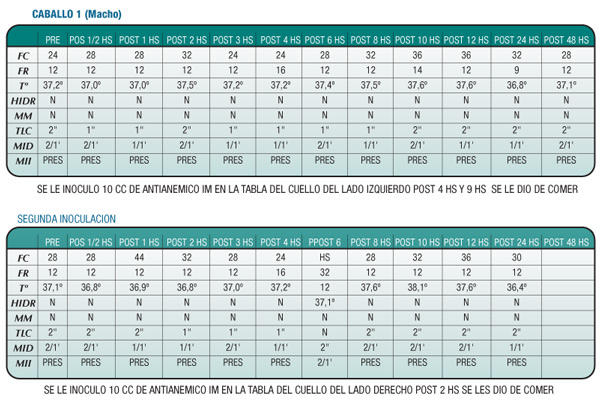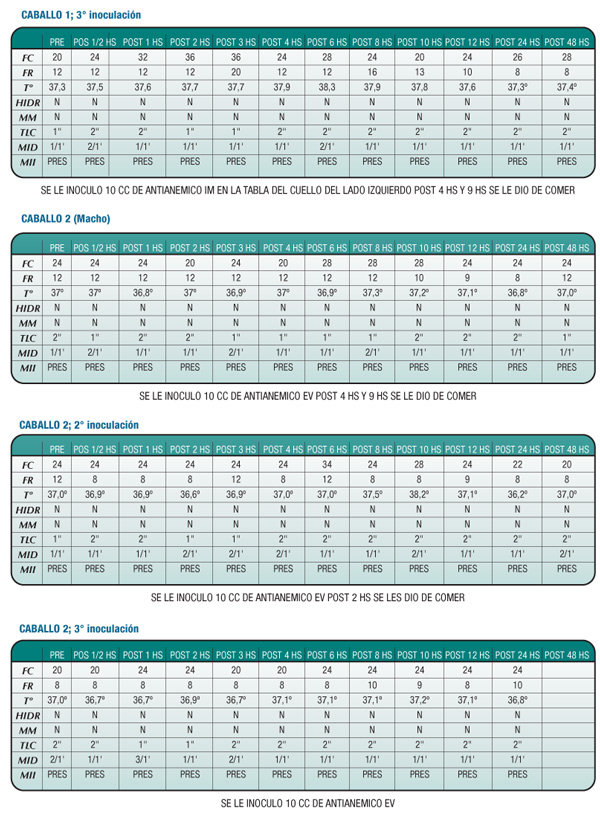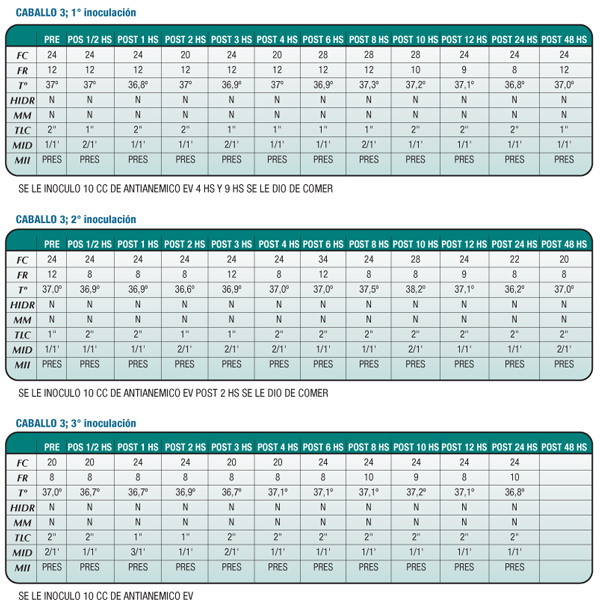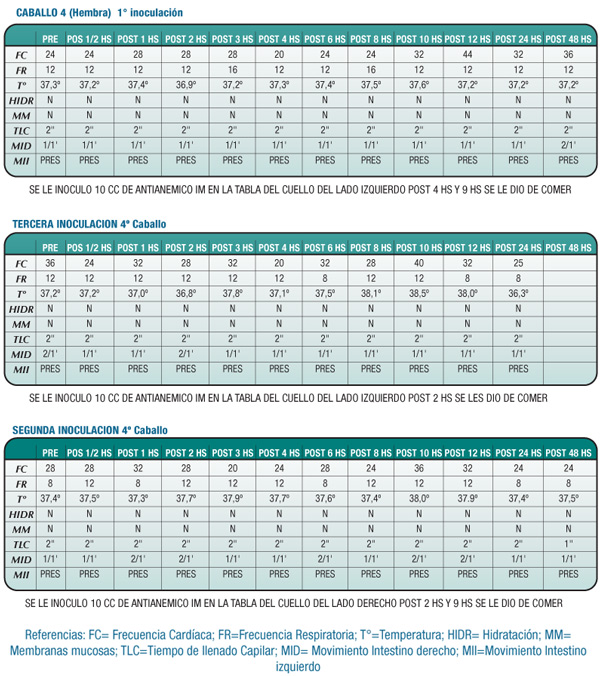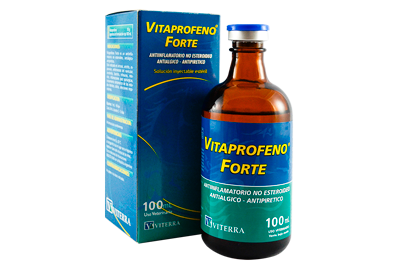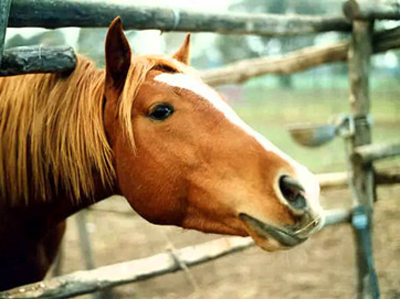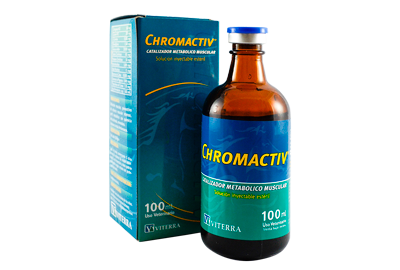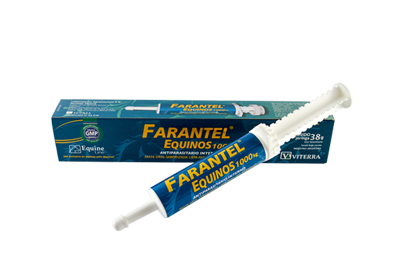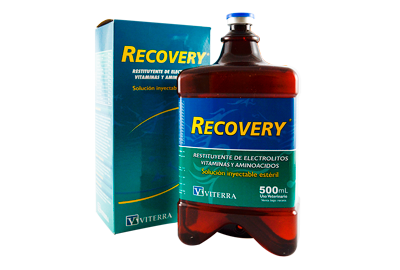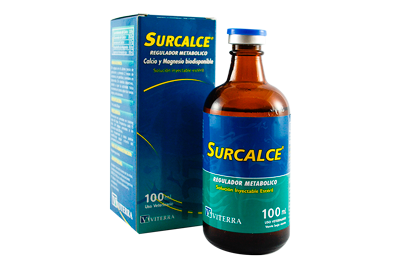Research
Hemo Plus Forte E
Objective
To evaluate the efficacy of the treatment in disorder of the
haematopoiesis
Experiment Design - Animals
Four horses (2 Arabs, 2 Anglo-Arabs - all thoroughbred race
horses) in a healthy clinical condition between three and six
years old were used. These animals were numbered from
one to four. Horses numbers one and two were male and
numbers three and four female. The horses, numbers one
and four, had Hemo Plus Forte administered to them by IM
via while horses two and three had the same administered
by EV via.
Timetable of Application
3 doses of Hemo Plus Forte were administered every 48
hours as indicated in the attached prospectus.
Timetable of Samplings
A blood sample from the jugular vein by puncture was taken
pre-treatment and another taken in the same way 10 days
post-treatment.
Determining Factors
A complete hemogram was carried out with each sample and
special attention was paid to the red blood corpuscle count,
the percentage of hemocrite (Hto), the concentration of
haemoglobin and the corpuscular haemoglobin (H.C.M).
(HCM) All these variables are of special interest in the
diagnosis of anaemic processes.
Results
Table 1 show how only horse two showed three of the four
variables assessed within the normal range for the species at
the beginning of the study (it only showed the H.C.M as
low), while horses one and three had two variables below
the lowest limit which is accepted as normal (haemoglobin
and H.C.M). Horse four showed three variables below the
norm (Hto., haemoglobin and H.C.M.)
The post-treatment results show that in horses one and four
the value of the haemoglobin and the H.C.M, slightly
increased in relation to the pre-treatment values, while in
horse two all the values of the variables assessed decreased
and in horse three all the parameters assessed improved.
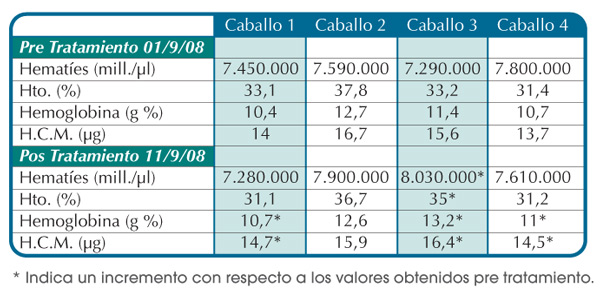
Conclusions
- The pre-treatment results show that three out of the four horses had a certain degree of anaemia.
- The post-treatment results show that three out of four horses improved in at least two of the assessed variables.
- The only horse which did not show any improvement was horse two which was precisely the only horse which did not show any signs of anaemia at the start of the testing.
- Despite the fact that improvement was observed in three animals, the only horse that can be said to have practically recovered almost completely is horse three, while horses one and four show values below what is considered normal for the species. Perhaps the short period of treatment did not allow these animals to recover completely.
